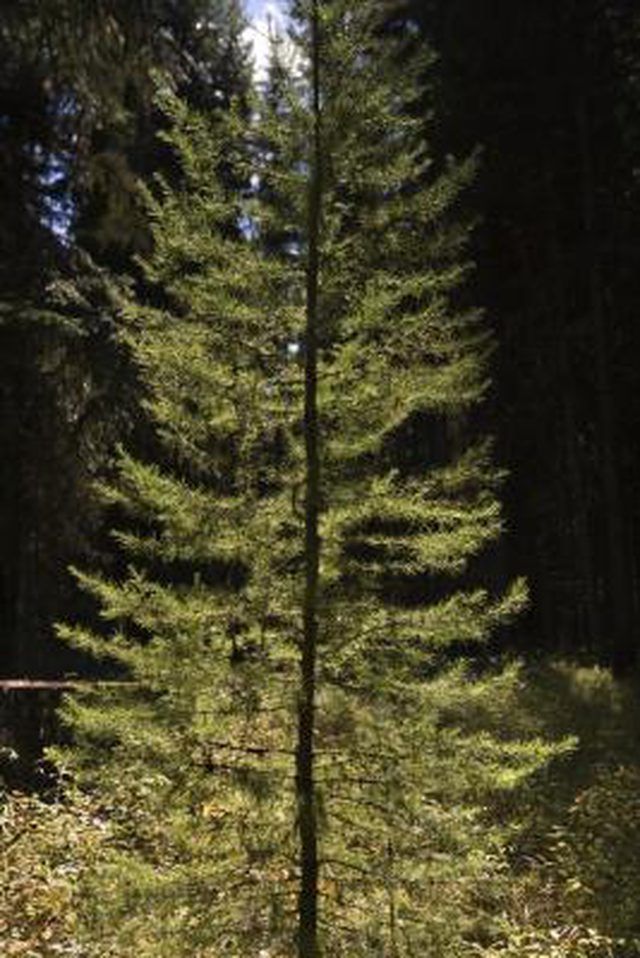Bulbs
Flower Basics
Flower Beds & Specialty Gardens
Flower Garden
Garden Furniture
Garden Gnomes
Garden Seeds
Garden Sheds
Garden Statues
Garden Tools & Supplies
Gardening Basics
Green & Organic
Groundcovers & Vines
Growing Annuals
Growing Basil
Growing Beans
Growing Berries
Growing Blueberries
Growing Cactus
Growing Corn
Growing Cotton
Growing Edibles
Growing Flowers
Growing Garlic
Growing Grapes
Growing Grass
Growing Herbs
Growing Jasmine
Growing Mint
Growing Mushrooms
Orchids
Growing Peanuts
Growing Perennials
Growing Plants
Growing Rosemary
Growing Roses
Growing Strawberries
Growing Sunflowers
Growing Thyme
Growing Tomatoes
Growing Tulips
Growing Vegetables
Herb Basics
Herb Garden
Indoor Growing
Landscaping Basics
Landscaping Patios
Landscaping Plants
Landscaping Shrubs
Landscaping Trees
Landscaping Walks & Pathways
Lawn Basics
Lawn Maintenance
Lawn Mowers
Lawn Ornaments
Lawn Planting
Lawn Tools
Outdoor Growing
Overall Landscape Planning
Pests, Weeds & Problems
Plant Basics
Rock Garden
Rose Garden
Shrubs
Soil
Specialty Gardens
Trees
Vegetable Garden
Yard Maintenance
How to Reverse a Dying Evergreen
How to Reverse a Dying Evergreen. Evergreen trees go through a yearly process called seasonal needle loss. Most healthy conifers retain the color of their needles throughout the winter, but during the fall, the older needles near the trunk turn bright yellow and fall off. These are replaced by new tufts, which remain with the tree for several years...

Evergreen trees go through a yearly process called seasonal needle loss. Most healthy conifers retain the color of their needles throughout the winter, but during the fall, the older needles near the trunk turn bright yellow and fall off. These are replaced by new tufts, which remain with the tree for several years before undergoing the same process. Seasonal needle loss is part of the regular cycle of an evergreen and very commonly mistaken for a health problem. However, thinning of the needles isn't always normal, and symptoms such as heavy foliage loss, discoloration and direct damage to the bark and branches may indicate a more serious problem. Taking the appropriate steps will give your evergreen a chance to recover.
Avoid using lawn herbicides near your tree. An evergreen with wide-reaching roots can absorb these chemicals up to 100 feet from the application point. These substances and certain soil sterilants damage needles and buds and cause shedding. If you must use them, apply them at an appropriate distance in cooler weather when the winds are light and blowing away from your tree.
Keep your tree properly watered. Evergreens are susceptible to drought and sudden alterations in their watering schedules. They may have difficulty adjusting to a dwindling water supply. Ensure their soil is able to deliver moisture effectively. Check for soil compaction and obstructions such as concrete and foreign objects that could hinder absorption.
Protect your tree from animals. Several types of wild animals will debark your evergreen or eat the foliage. Dog urine will discolor and damage low-lying needles. If the tree is partially stripped of bark, it will stunt growth in sections and if it's completely girdled, your tree will die. Take all realistic precautions to avoid attracting animal activity in the vicinity of your evergreen.
Avoid fertilizing your tree and stick to giving it abundant sunshine and water, unless there are clear signs of malnutrition. Needles should be a healthy and dark green. If you suspect your evergreen isn't getting enough nutrients, spread a tablespoon of balanced fertilizer on top of the soil around your tree. Use water or wait for the rain to disperse the nutrients into the soil. Don't place the fertilizer under the soil or near the roots, as this may kill the tree.
Kill surrounding weeds and overgrowth manually, if possible. Weeds interfere with light absorption and divert the uptake of water and nutrients. Evergreens are susceptible to injury and damage from a variety of chemical substances and are better tended to without them.
Keep your tree outdoors as often as possible. Conifers used indoors as Christmas trees and decorative items can't survive long in those conditions. If you must have it inside, cover the pot with straw and, if possible, snow.
Watch for signs of excessive watering. If most of your tree is turning brown and the leaves are dying, shut off its water supply and try letting it find some water on its own, using its root system.
Tips & Warnings
Take note of thriving species of evergreens in your area. These are the trees that will do well if you decide to plant more conifers.
Spraying synthetic coyote urine near an evergreen will help scare away deer, which can damage these trees -- deer are frightened of coyotes. You can buy a bottle at most gardening and hardware stores.